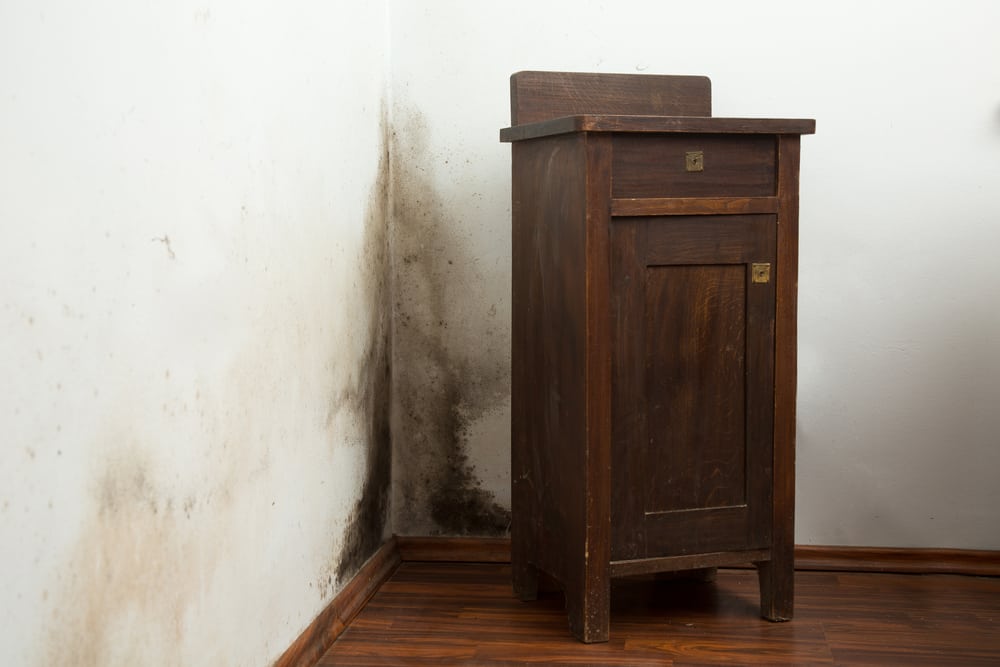Mold comes in many textures and colors, but they all have a few things in common — they grow in moist areas, they feed on organic matter, and can pose a threat to your health. Green mold, in this sense, is no different. So, have you recently wondered what it is and if it’s dangerous? Here’s what you should know about green mold that grows in homes.
What is green mold?
Green mold is an umbrella term that refers to different species of fungi that grow in shades of green. It appears soft and fuzzy or powdery and can have different hues of green. You may have seen green mold on fruits, bread, and many other foods. However, green mold can also grow in wet areas of a home.
Although many species of mold can grow green, the most common are Cladosporium, Aspergillus, and Penicillium.
- Cladosporium is olive green and thrives on plants in particular, but can also grow on household surfaces like walls, cabinets, and carpets.
- Aspergillus is the mold that typically grows on spoiled food like bread. It can also grow on nutrient-poor but moisture-rich environments like the basement.
- Penicillium is famous for its antibacterial properties and is usually bluish-green. However, it can also emit mycotoxins that are toxic to both people and pets. Penicillium prefers colder environments like soil, but some also form on wet items in the home.
However, these molds can grow in other colors as well, such as blue or black. Thus, testing is the only way to find out which type of mold it is. That’s not to say that you should always test the mold in your home to determine whether it’s harmful.
Is green mold dangerous?
Contrary to popular belief, black mold is not the only harmful mold for people and pets. While black mold may seem more dangerous, its green counterpart is just as likely to cause health issues.
All molds — green, black, or other colors — can cause health problems, especially in susceptible people. Continuous exposure to mold can affect the respiratory system and trigger asthma attacks and allergens. So yes, if you see green mold, you should remove it as soon as possible.
This kind of fungus can grow anywhere in your home where a water problem has occurred. Check out how to prevent mold in the crawl space, basement, bathroom, laundry room, attic, as well as in houseplant soil, the HVAC system, closets, carpets, and washing machines.
For expert mold removal, contact the PuroClean remediation pros
If removing this kind of fungus seems daunting to you, it’s because it is. Mold can not only affect your health, but you can also risk doing a poor job, resulting in a more massive mold infestation. The best way to get rid of mold is to contact professionals such as PuroClean. We have the experience, techniques, and equipment necessary to remediate the mold, dry your property, and return it to normal.




 PuroClean of Norman
PuroClean of Norman